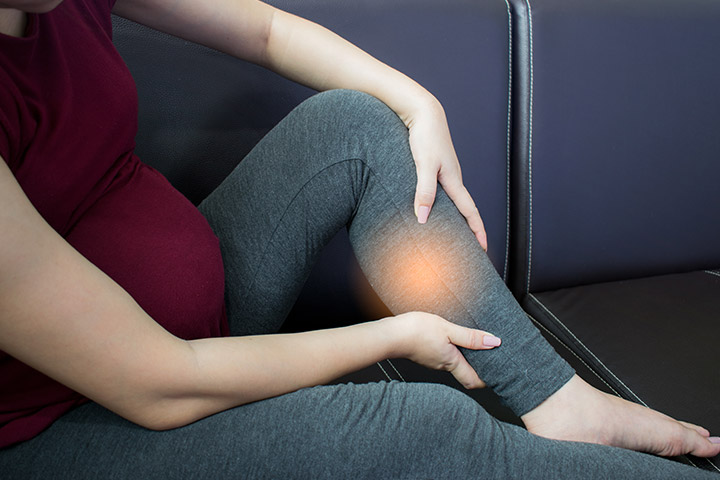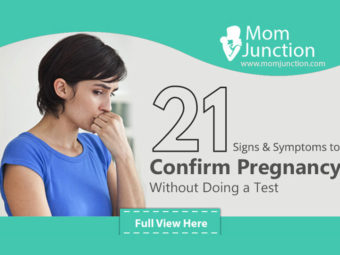
It is normal for every woman to experience some amount of cramping before her monthly cycles. These cramps can appear anywhere from a few days to a week before the impending period. They’re usually considered an indication that a woman may soon be getting her periods, vary in intensity and frequency, and are unique to each woman. However, it is not always necessary that the cramps you experience should lead to menstruation. As a matter of fact, you can experience period-like cramping even if you are pregnant. Here are a few facts about cramps and what they could mean:
What Are Premenstrual Cramps?
经前抽筋属lly occur 1-2 days before a woman’s periods begin and can sometimes even occur during the menstruation. While for some women they may be of mild-to-moderate intensity, for others they might be severe enough to hinder their day-to-day activities. During menstruation, the uterus starts contracting and relaxing in order to expel its lining in the form of bleeding. The prostaglandins, which are a chemical substance similar to hormones, trigger this contraction of the uterine muscles. The prostaglandins are also associated with causing inflammation and pain, which is why you feel the pain just before the start of your periods (1).
The level of prostaglandins also determines the amount of pain a woman might experience – higher the level of prostaglandins, more severe the pain. This is the reason why the severity of premenstrual cramps also differs in women.
What Are The Symptoms?
Premenstrual cramps are generally characterized by cramping or throbbing pain in the lower abdomen for most women. Some women also experience a lower back pain along with muscle cramping. However, the symptoms are not restricted to these areas alone as some women also experience pain or cramps in their thighs, nausea, headache, dizziness, and diarrhea (2).
What Is Cramping During Pregnancy?
During the initial stage of pregnancy, you might often experience cramping. Although this cannot be considered as a sure-shot sign of a positive pregnancy because there are chances of miscarriages at times. However, if you have conceived, you might experience cramping a few days earlier than usual, even before you realize you’ve missed your period and proceed to take the pregnancy test. This typically happens when the uterus starts expanding, causing the supporting muscles and ligaments to stretch. You might feel this cramping sensation, even more, when you cough, change position or sneeze. The cramping sensation can also get triggered due to other pregnancy-associated symptoms like bloating and gas or constipation (3).
What Are The Symptoms?
Cramping usually feels like a pulling sensation during the first trimester as your body readies itself for pregnancy and accommodating the growing fetus. During the second trimester, the round ligament pain is the common cause of cramping. The uterus is supported by the muscle called round ligament. When this muscle stretches, it results in a dull ache or a sharp stabbing pain in the lower abdomen. Although minor cramping is nothing to worry about, you’ll need to see your doctor if the severity of the pain increases (4).
Ways To Deal With Cramping
Premenstrual cramping usually subsides within 2-3 days after the onset of menstruation (5). For the mild amount of cramping during pregnancy, here is what you can do (6):
- Sit down, lie, or try changing your position
- Take a warm bath
- Do mild relaxation exercises like meditation or deep breathing
- Use a hot water bag or wrap a hot water bottle in a towel and place it on the area of pain
- Drink plenty of fluids
遵循以下步骤,它将帮助在下沉pain. Remember that some amount of cramping during pregnancy is pretty normal. However, if there is an increase in severity, spotting or any other unusual symptom, then seek medical attention immediately. Otherwise, do not stress too much about it and relax.


















